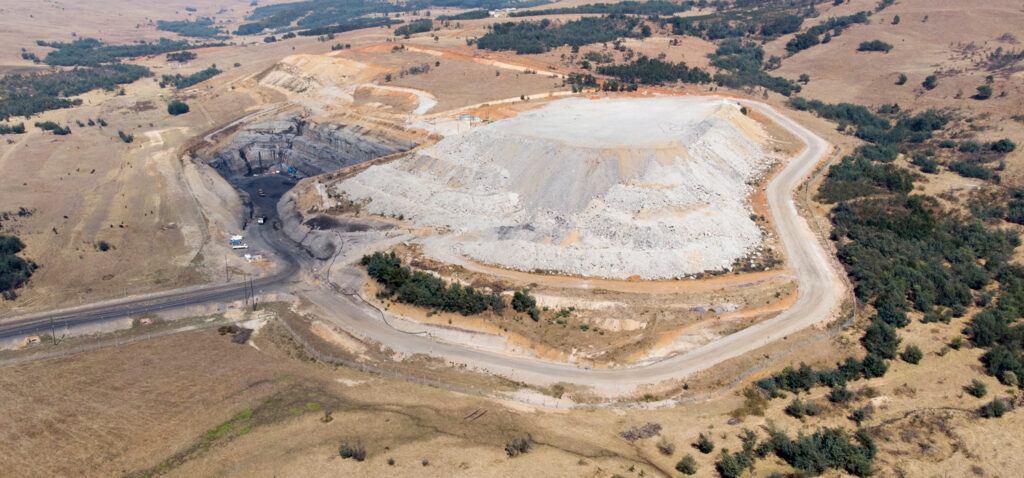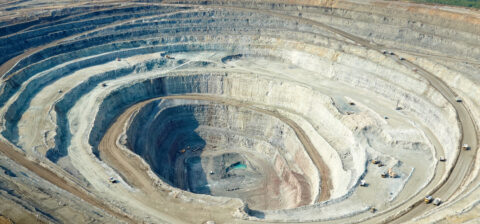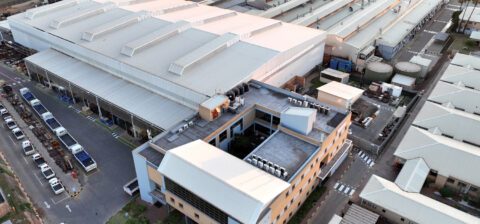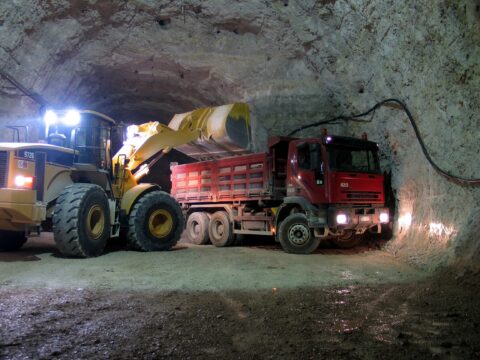SA Mining
Seven Myths That Impact How NGOs And Conservationists Perceive Mining
Mining is known to be very disruptive to the local environment. Historically, mine operations had little, if any, regard for the environment, and were usually abandoned with no thought given to cleaning up the mess once an ore body was depleted.
In fact, notes Niketiwe Dlamini, environmental specialist at Kangra, with a few rogue exceptions today’s mining operations in South Africa are designed, developed, operated and ultimately closed in an environmentally sound manner. On top of that, considerable effort goes into the continued improvement of environmental legislation.
“In mining today, the term ‘environment’ is broader than just air, water, land, and plant and animal life. It also encompasses the social, economic, and cultural environment and, ultimately, the health and safety conditions of anyone involved with, or affected by, a given mining activity,” she says.
“NGOs and environmental conservationists play a critical role, seeking to strengthen the country’s stance on environmental issues and support efforts to conserve natural resources and protect human and environmental health. However, in their effort to conserve the environment, certain myths are perpetuated. Let’s look at some of the critical ones.”
Myth 1: Mining uses excessive amounts of land
In reality, less than 1% of the total land area in any given jurisdiction is allotted for mining operations, and usually far less than that. Even a modest forestry project affects far more trees than the largest open-pit mine. Mining activities must also meet stringent environmental requirements before a company can even get a licence to operate.
“The assessment process applied to mining operations is very detailed, and based on a long string of standards and regulations that ensures the mining footprint is kept to a minimum. Environmentalist conservation groups may claim that the mining industry takes up a lot of agricultural land, but there’s more than enough evidence to the contrary,” adds Dlamini.
Myth 2: Mining is always detrimental to water supply
“Quite the opposite is true here actually,” she says, “as before mine operations start, a mining company must submit an application for a water-use licence, which will include detailed water studies, which are then evaluated by scientists and government officials. The application includes presentation of impacts and mitigation measures and scrutiny of engineering designs, all to ensure minimal impacts to water resources.
“Many organisations, including our group of companies, even install water supply systems in local communities that lack easy access to this basic resource. Some overzealous conservationists blame the mining industry for consuming huge amounts of water, but in fact it normally only uses around 1% of the total water supplied to a given community, and 80% of that water is recycled continuously.”
Acid mine drainage is a consequence of old mining methods and laws that were not environmentally friendly. It’s also common for the rocks being mined to be naturally acidic, generating a problem now being thoroughly addressed during the application process for the water-use licence.
A number of mining operations are investigating and implementing solutions such as reverse osmosis desalination treatment processes, and post-closure passive treatment options, to manage unavoidable decant and seepage and protect water resources.
Myth 3: Mining is invasive to the natural environment
Obviously, mining activity has led to negative outcomes for certain plants and animals, says Dlamini, not to mention the rocks themselves, which are blasted and hauled away. However, the industry has progressed a long way in the past few decades, and apart from rare accidents, the worst is behind us now.
“The key determinant here is compliance. All mining activity must comply with strict environmental guidelines, leading up to and during operations, and also following mine closure. After mining activity ends, the company is required to rehabilitate the land. In some cases, the land is remediated into forests or farmland. Financial provisions are made to the regulator before any mining activities occur, to ensure rehabilitation is completed to required standards.”
Myth 4: Mining and exploration poses a threat to our food security
“The fact is that agriculture still takes up 79.4% of land use, with other land uses being forest and woodlands, urban built-up land, wetlands, grasslands, barren rocks, water bodies and more. Mining actually takes up less than 1% of land use,” she says.
“According to Statistics South Africa, in the past 24 years, only 2.1% of agricultural land has been lost. Furthermore, over the years, mining activities have decreased. There are 526 registered mines in South Africa, of which 192 are operational. The impacts of all exploration and mining activities are assessed under the Environmental Impact Assessment Regulations, 2014 (as amended), including impacts on agricultural land.”
Myth 5: Land owners have no rights
Mining companies can’t compulsorily acquire property – there are no provisions in any legislation that allow for this. Land owners can refuse mining on the surface of their land where it contains agricultural land or other significant improvements, such as houses and gardens. Land owners can negotiate the terms of exploration on their land. Their land cannot be accessed for exploration before an agreement between explorers and landholders is reached.
Myth 6: Mining and farming can’t coexist
“One of the misconceptions in the current debate about mining, exploration and farming is that that the existence of one negates the other. This is not, and should never be, the case. Traditional mining practices have coexisted with agriculture and tourism for about 200 years and will continue to do so,” she says.
“We know mining does have an impact on the land it uses, and we work hard to manage these impacts because coexistence between key industries is the only way to ensure local communities continue to grow and prosper.”
Myth 7: Land is useless when mining is finished
Before any mine is launched, says Dlamini, a closure plan must be submitted and approved by the Department of Mineral Resources and Energy. Many mines across SA have been rehabilitated to create forest plantations, recreation, grazing and farm land.
“The Minerals Council South Africa’s guidelines for the rehabilitation of mined land – although not promulgated in local legislation – remains a key document used throughout the mining industry towards reinstating post-mining land capabilities to the pre-mining landscape.
“Ultimately, while there is no denying that mining has significant impacts on the environment, current practices and legislation have reduced this significantly, and it is these practices and laws that have helped bust the myths outlined above,”
she says.





